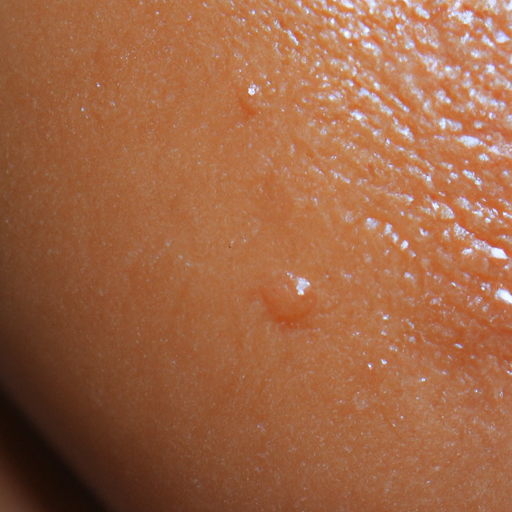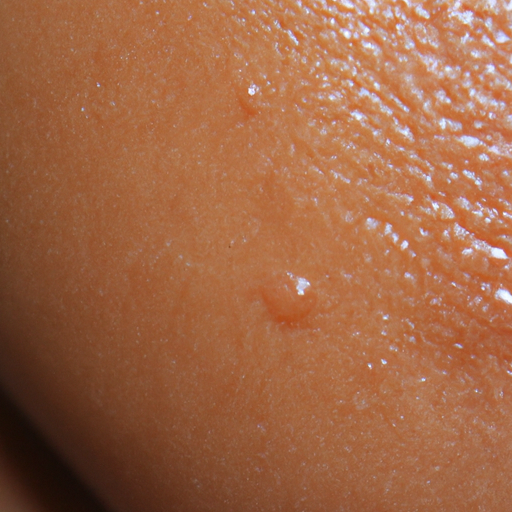As a dermatologist, I encounter a wide range of skin conditions daily, but one of the most common complaints is oily skin. Oily skin, characterized by an excessive production of sebum, can lead to enlarged pores, a shiny complexion, and is often accompanied by acne. However, with the right understanding and treatment, managing oily skin can become a less daunting task. This article aims to provide a comprehensive guide to diagnosing and treating oily skin.
Firstly, it is essential to understand what causes oily skin. The sebaceous glands in our skin produce sebum, a natural oil that helps protect and hydrate the skin. However, when these glands overproduce sebum, it results in oily skin. Several factors can trigger this overproduction, including hormonal changes, stress, humidity, and even certain foods.
Diagnosing oily skin is relatively straightforward. If your skin often appears shiny or greasy, you have enlarged pores, and you frequently experience breakouts, you likely have oily skin. However, it’s crucial to consult a dermatologist for an accurate diagnosis as these symptoms can also be associated with other skin conditions.
Once diagnosed, the next step is treatment. The goal of treating oily skin is not to eliminate all oil but to balance sebum production. Here are some strategies:
1. Regular Cleansing: Regularly washing your face with a gentle, water-soluble cleanser can help remove excess oil without stripping your skin of its natural moisture. Avoid harsh soaps or detergents as they can trigger your skin to produce even more oil.
2. Use Oil-free and Non-comedogenic Products: These products are specially formulated not to clog pores or trigger more oil production. This includes your makeup, sunscreen, and moisturizer.
3. Exfoliation: Exfoliating once or twice a week can help remove dead skin cells that can clog pores and increase oil production. However, avoid over-exfoliating as it can irritate the skin and stimulate more oil production.
4. Hydration: Even oily skin needs hydration. Dehydrated skin can trigger the sebaceous glands to produce more oil. Opt for a lightweight, oil-free moisturizer.
5. Balanced Diet: Certain foods, such as dairy and refined carbohydrates, can trigger oil production. A balanced diet rich in fruits, vegetables, lean proteins, and whole grains can help regulate sebum production.
6. Medical Treatments: If your oily skin is severe or associated with acne, your dermatologist may recommend medical treatments such as topical retinoids, oral medications, or even hormonal therapy.
Remember, everyone’s skin is unique, and what works for one person may not work for another. It’s essential to be patient and persistent in finding the right treatment regimen for you.
In conclusion, while oily skin can be challenging to manage, understanding its causes and implementing appropriate skincare routines can significantly improve your skin’s health and appearance. It’s always best to consult with a dermatologist for personalized advice and treatment options. With the right care and attention, you can achieve a balanced complexion that’s neither too dry nor too oily but just right.




